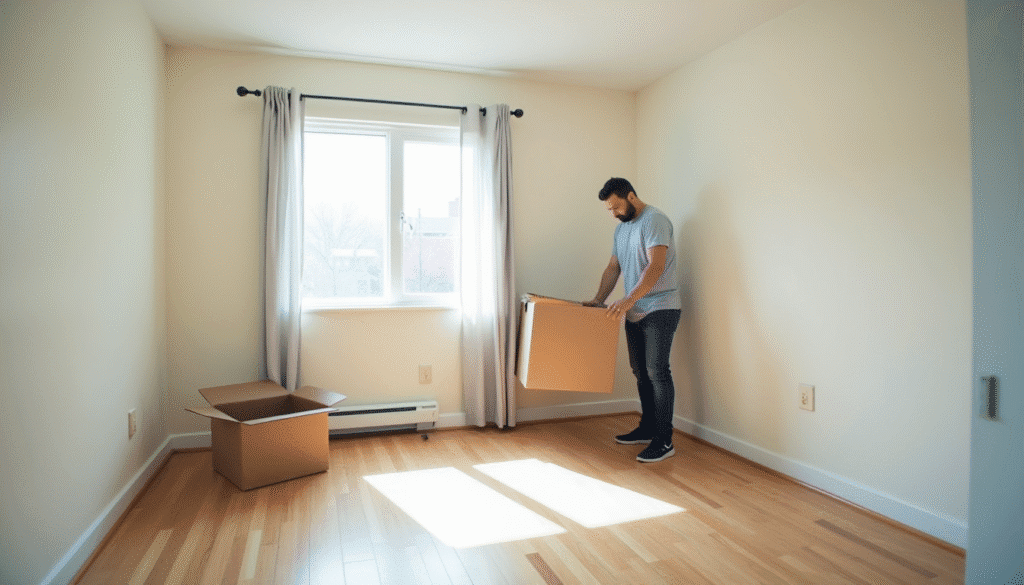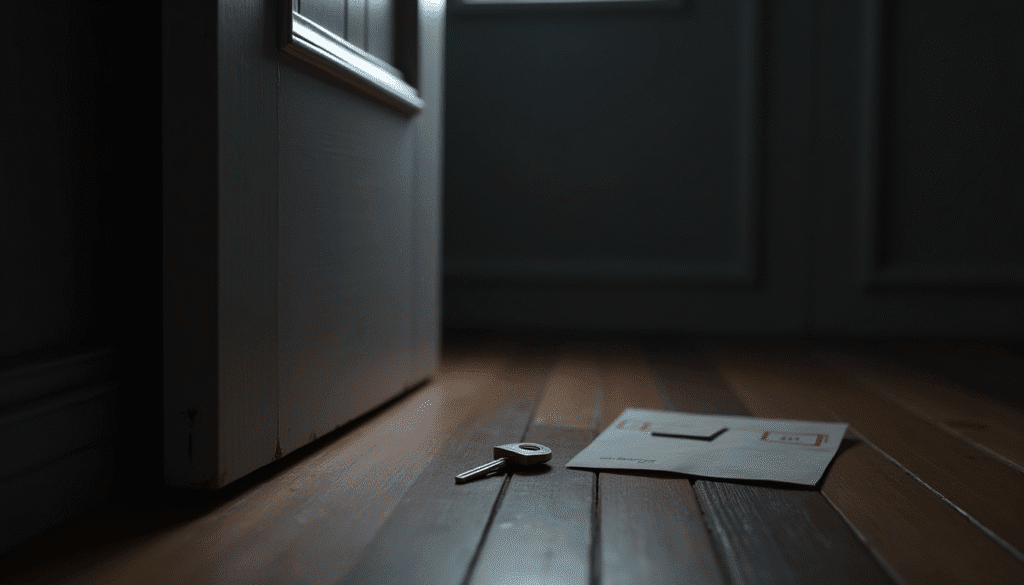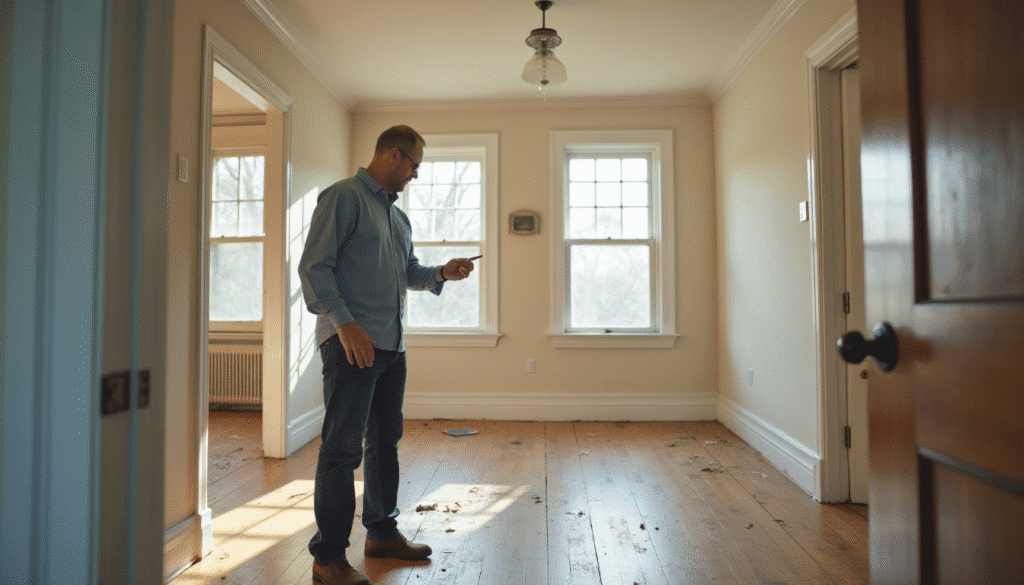Handling lease violations is a critical aspect of property management. As a landlord or property manager, addressing lease violations effectively and efficiently ensures the integrity of your rental property and the satisfaction of your tenants. This guide will provide a detailed approach to managing lease violations, focusing on communication, documentation, and legal considerations. Whether you’re new to property management or a seasoned professional, these strategies will help you navigate lease violations with confidence.
Understanding Lease Violations
A lease violation occurs when a tenant breaches any terms outlined in the lease agreement. Common lease violations include:
- Non-payment of rent: Failure to pay rent on time.
- Unauthorized pets: Keeping pets without permission.
- Property damage: Causing significant damage to the rental unit.
- Exceeding occupancy limits: Having more occupants than allowed.
- Illegal activities: Engaging in illegal activities on the property.
- Noise complaints: Consistently disturbing neighbors with excessive noise.
Understanding these violations and being able to identify them promptly is the first step in addressing them effectively.
Clear Communication: Setting Expectations
Effective communication is paramount in preventing and addressing lease violations. Clearly outline the rules and expectations in the lease agreement. During the lease signing process, take the time to explain these rules and ensure the tenant understands their responsibilities.
Key Points to Discuss
- Rent payment: Specify the due date, acceptable payment methods, and late fees.
- Pet policies: Detail any pet restrictions, including types, sizes, and the need for a pet deposit.
- Maintenance responsibilities: Clarify the tenant’s responsibility for maintaining the property and reporting damages.
- Occupancy limits: Define the maximum number of occupants allowed.
- Noise regulations: Explain quiet hours and acceptable noise levels.
By setting clear expectations from the start, you can minimize misunderstandings and potential lease violations.
Monitoring and Identifying Violations
Regular property inspections are crucial for identifying lease violations early. Schedule routine inspections and encourage open communication with your tenants. Tenants should feel comfortable reporting any issues or violations they observe.
Conducting Inspections
- Move-in and move-out inspections: Document the property’s condition at the beginning and end of the lease term.
- Routine inspections: Conduct periodic inspections to check for unauthorized pets, property damage, and other potential violations.
- Drive-by inspections: Perform occasional drive-by inspections to monitor the property’s exterior.
During these inspections, take detailed notes and photographs to document any violations. This documentation will be valuable if legal action becomes necessary.
Addressing Lease Violations: A Step-by-Step Approach
When a lease violation occurs, it’s essential to address it promptly and professionally. Follow these steps to handle lease violations effectively:
Step 1: Gather Evidence
Collect all relevant evidence of the lease violation. This may include photographs, inspection reports, and written complaints from neighbors. Thorough documentation is crucial for supporting your case if the situation escalates.
Step 2: Communicate with the Tenant
Contact the tenant to discuss the violation. Choose a method of communication that provides a written record, such as email or a formal letter. Clearly explain the nature of the violation, reference the specific lease clause that has been breached, and provide any evidence you have gathered.
Step 3: Provide a Cure Period
Allow the tenant a reasonable period to correct the violation. This is known as a “cure period.” Specify the actions the tenant must take to remedy the situation and the deadline for doing so. For example, if the tenant has an unauthorized pet, give them a set number of days to remove the pet or obtain the necessary approval.
Step 4: Follow Up
After the cure period has expired, follow up with the tenant to ensure the violation has been resolved. Conduct another inspection if necessary to verify compliance. If the tenant has not remedied the violation, proceed to the next step.
Step 5: Issue a Formal Notice
If the tenant fails to correct the violation within the specified time frame, issue a formal notice. This notice should detail the violation, reference previous communications, and outline the consequences of failing to comply. Depending on local laws, this may be a “Notice to Cure or Quit” or a “Notice of Lease Termination.”
Step 6: Consider Legal Action
If the tenant continues to violate the lease agreement and refuses to comply with the formal notice, you may need to pursue legal action. Consult with a legal professional to understand your options, which may include filing for eviction. Ensure you follow all legal procedures and document every step of the process.
Preventing Future Violations
Proactive measures can help prevent future lease violations. Consider implementing the following strategies:
Tenant Screening
Thoroughly screen potential tenants to ensure they are responsible and likely to comply with lease terms. Check references, conduct background checks, and verify employment and income.
Regular Communication
Maintain open lines of communication with your tenants. Regularly check in with them and address any concerns promptly. Building a positive landlord-tenant relationship can lead to better compliance with lease terms.
Lease Renewals
When renewing leases, review the terms with the tenant and address any past violations. Make any necessary adjustments to the lease agreement to prevent future issues.
Conclusion
Handling lease violations is an inevitable part of property management. By setting clear expectations, monitoring compliance, and addressing violations promptly, you can maintain a positive and productive relationship with your tenants. Remember, effective communication and thorough documentation are your best tools in managing lease violations. Stay informed about local laws and seek legal advice when necessary to ensure you handle each situation correctly and fairly.
By following these guidelines, you can protect your rental property, uphold the terms of your lease agreements, and create a harmonious living environment for all tenants.






